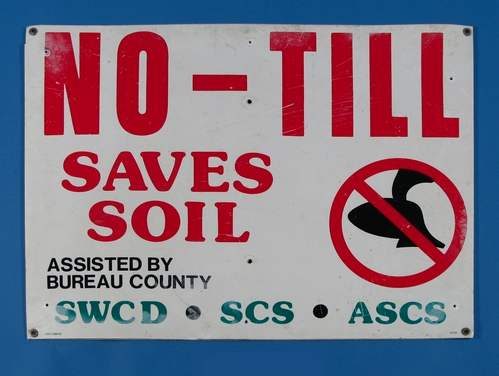After spending many years, or even decades, building a successful no-till operation, have you ever wanted a chance to tell your story?
Well, here’s a golden opportunity.
Yesterday, during National Ag Day, The Smithsonian’s National Museum of American History unveiled a new Web site — http://americanenterprise.si.edu — where the public can upload stories about technologies and innovation that changed their work lives in agriculture.
The museum will also launch a special archive to preserve America’s ag heritage and build a collection that reflects modern agricultural practices. The stories shared could be about precision farming, irrigation, biotechnology, hybrid seeds or other topics.

|
The stories, photos and objects collected will also play a role in the “American Enterprise” exhibition at the museum. And when people begin to file past these exhibits in a couple of years, no-till is already guaranteed some exposure, thanks to Jim Rapp, who no-tills and strip-tills corn and soybeans near Princeton, Ill.
Rapp is donating some road signs erected during the Bureau County Soil and Water Conservation District’s efforts to promote no-till during the late 1980s and 1990s. In bold letters, the signs state, “No-Till Saves Soil” and includes an image of a plow blade with a red slash through it.
According to Rapp, the signs were related to the USDA’s “T by 2000” initiative to reduce soil loss from every acre to its T-value (tolerable loss) or less by the year 2000.
In his submission to the museum’s new archive, Rapp explains that no-till, “reduces soil erosion, preserves soil moisture — as in the drought of 2012 — and reduces the cost of producing corn.” Rapp also spent some time discussing why he strip-tills some of his acres.
Many of you made the choice long ago to embrace no-till when it would have been easier to keep plowing and turn a blind eye as topsoil washed or blew away. It’s your obligation to let the public know about no-till’s successes.
Click here to visit this website and see how you might be able to contribute.






